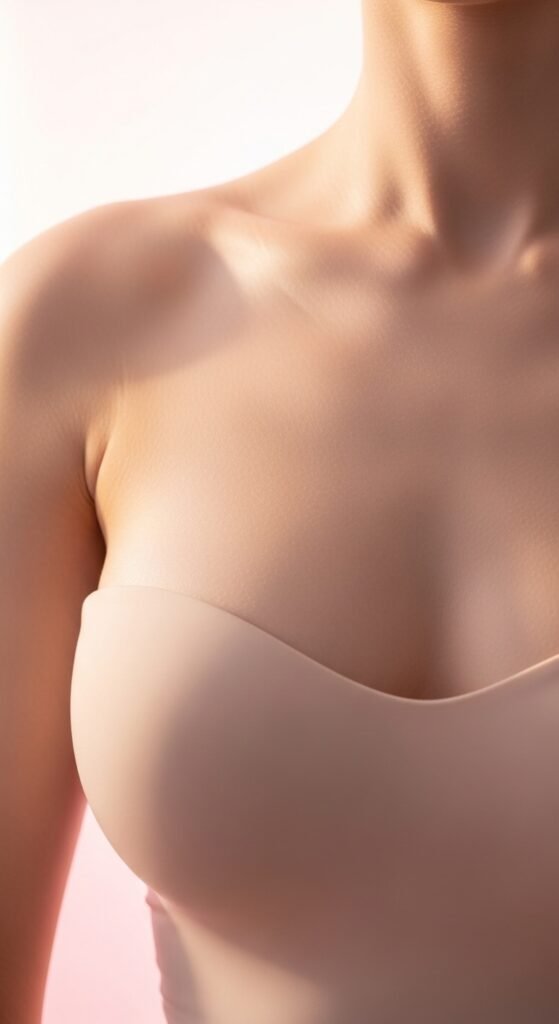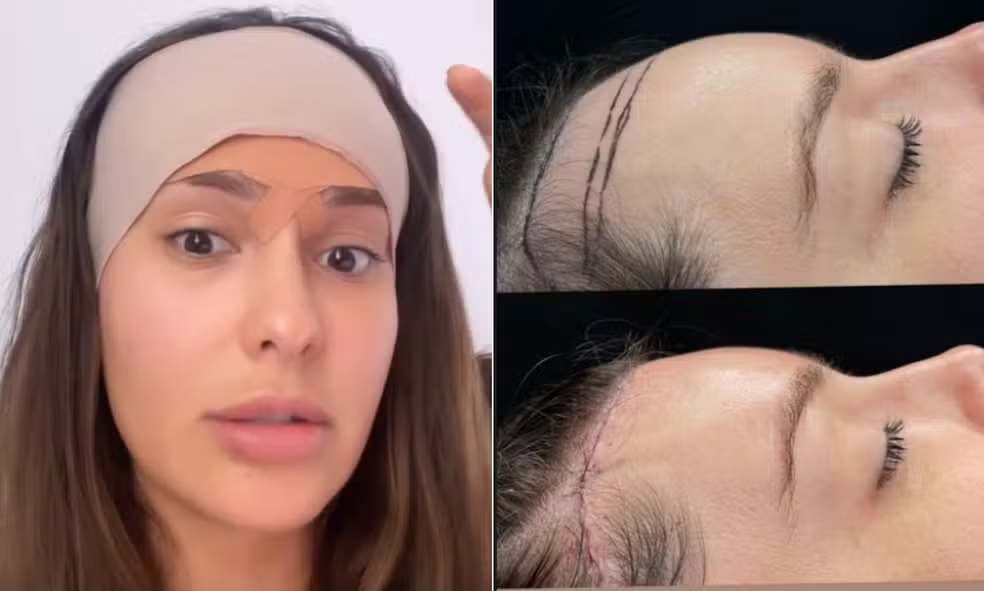Tummy Tuck: Is It Necessary to Use a Drain? Understand the Risks, Benefits, and Alternatives
A tummy tuck (abdominoplasty) is one of the most popular plastic surgeries for those who want to improve abdominal contour. One of the most common questions in consultations is: “Is it necessary to place a drain during a tummy tuck?”
The answer may surprise you: it’s not always necessary. Thanks to modern techniques, many surgeons can now perform the procedure without drains, offering more comfort and a faster recovery for the patient.
In this article, we explain why drains are not always indicated, what their risks are, and which technique makes it possible to avoid them safely.
What Is a Drain in a Tummy Tuck?
During abdominoplasty, the surgeon creates a wide dissection: the skin and fat are separated from the abdominal muscle to tighten the muscles (plicature) and remove excess skin.
At the end of the surgery, before closing the incision, there may be a “dead space” — a gap between tissues where fluid (blood, lymph, or secretions) can accumulate. This accumulation is called a seroma.
A surgical drain is a device inserted to remove this fluid, lowering the risk of post-operative complications.
Why Can the Drain Be Avoided?
Although useful in many cases, drains are not free of complications. They can:
- Leave an unsightly scar at the exit site.
- Act as a gateway for bacteria, increasing infection risk.
- Cause discomfort and anxiety in patients.
- Limit mobility during recovery, making rehabilitation harder.
We now know that early mobilization is key to preventing thrombosis and speeding healing. With a drain in place, patients tend to move less, which can compromise these benefits.
The Brazilian Technique That Revolutionized Tummy Tucks
To address this problem, a Brazilian plastic surgeon developed a simple yet highly effective technique. Instead of leaving a dead space, he began placing internal fixation stitches (also known as “progressive tension sutures” or “quilting sutures”).
These stitches reattach the skin and fat to the underlying muscle tissue, eliminating the dead space and drastically reducing shear movement between the layers. As a result:
- The risk of seroma decreases.
- Fluid accumulation is reduced.
- Drains are no longer necessary in most cases.
- Patients recover with more comfort and mobility.
This technique has been used for about 10 years in many Brazilian clinics with excellent outcomes and a very low seroma rate.
Benefits of a Drain-Free Tummy Tuck
Choosing a tummy tuck without drains offers significant advantages:
- Less pain and discomfort post-operatively.
- Greater freedom of movement from the very first days.
- Lower risk of infection at the drain site.
- More discreet scars since there’s no drain exit hole.
Of course, the final decision should be made by the surgeon, considering the type of surgery, the patient’s characteristics, and the amount of tissue dissected.
Is It Safe to Have a Tummy Tuck Without a Drain?
Yes — provided the correct technique is used. The key lies in the internal fixation stitches, which eliminate dead space. When properly executed, this approach greatly reduces the risk of complications and makes drains unnecessary.
In certain specific situations, drains may still be indicated — for example, in patients at high risk of bleeding or in procedures combined with other extensive surgeries. The important point is that the decision should be individualized.
Conclusion
Using drains in tummy tucks is no longer an absolute rule. With advances in surgical techniques, especially the progressive tension sutures developed by a Brazilian surgeon, it is possible to lower the risk of seroma and ensure a smoother recovery for patients.
Before surgery, talk to your surgeon about the techniques they use, post-operative care, and the benefits of a drain-free tummy tuck. This way, you can make a more informed and safer decision about your procedure.






